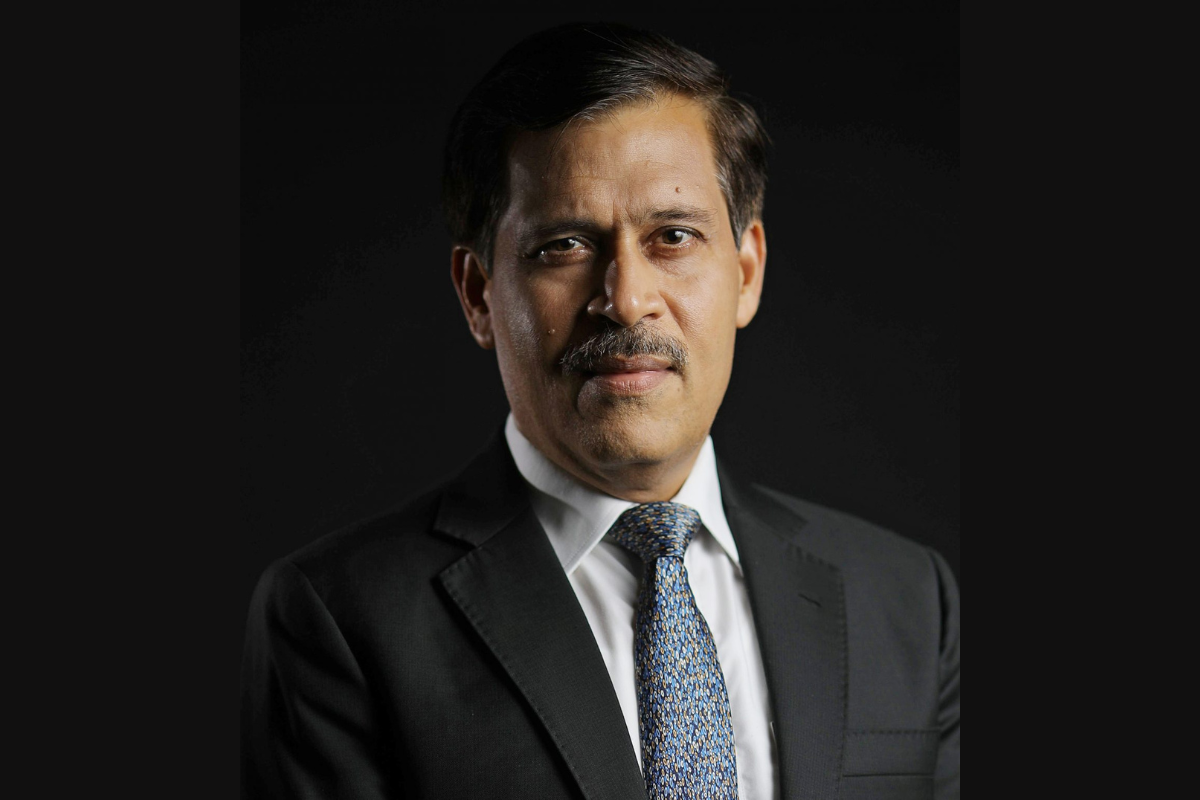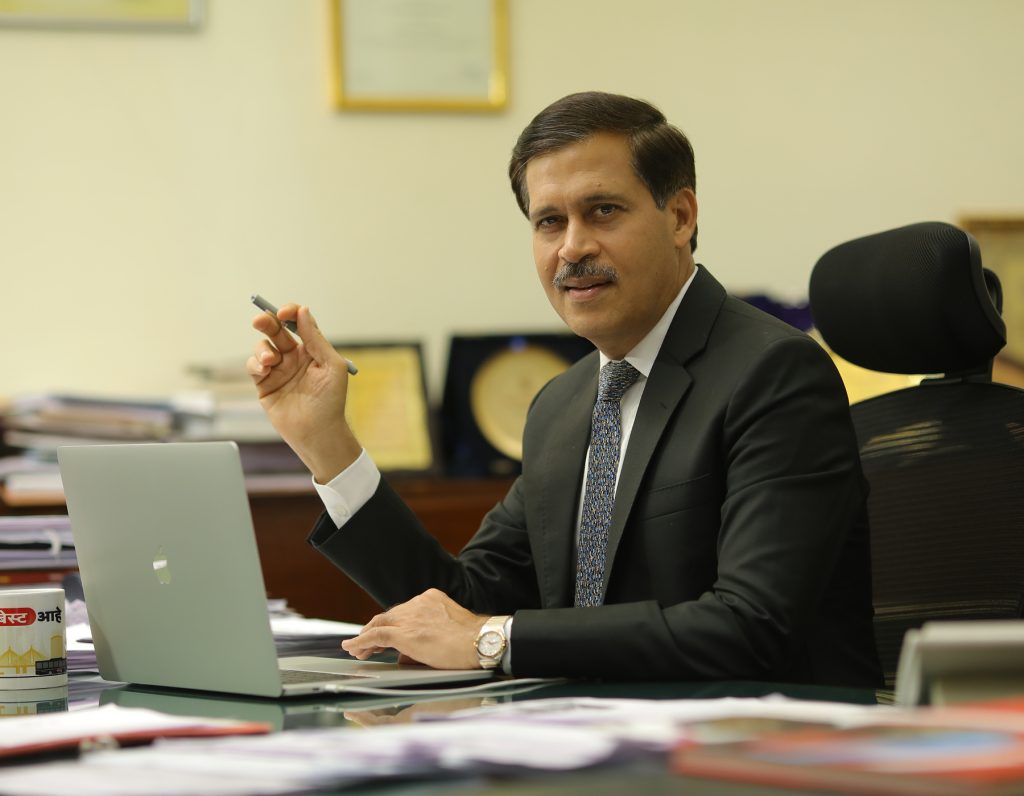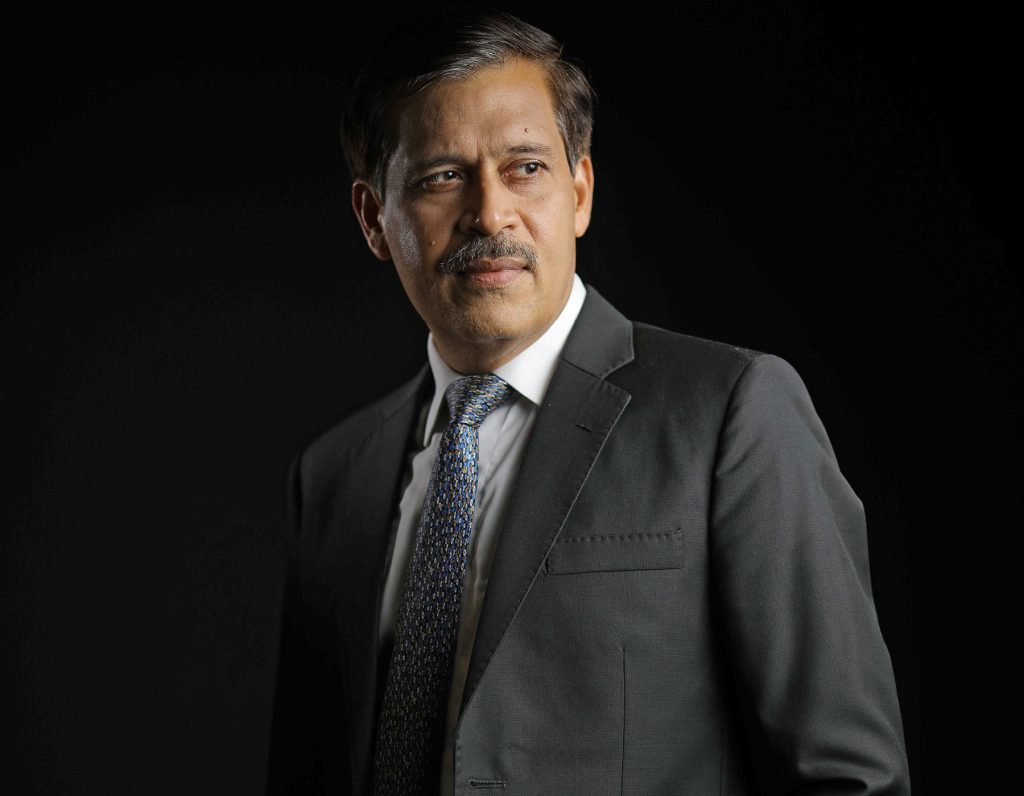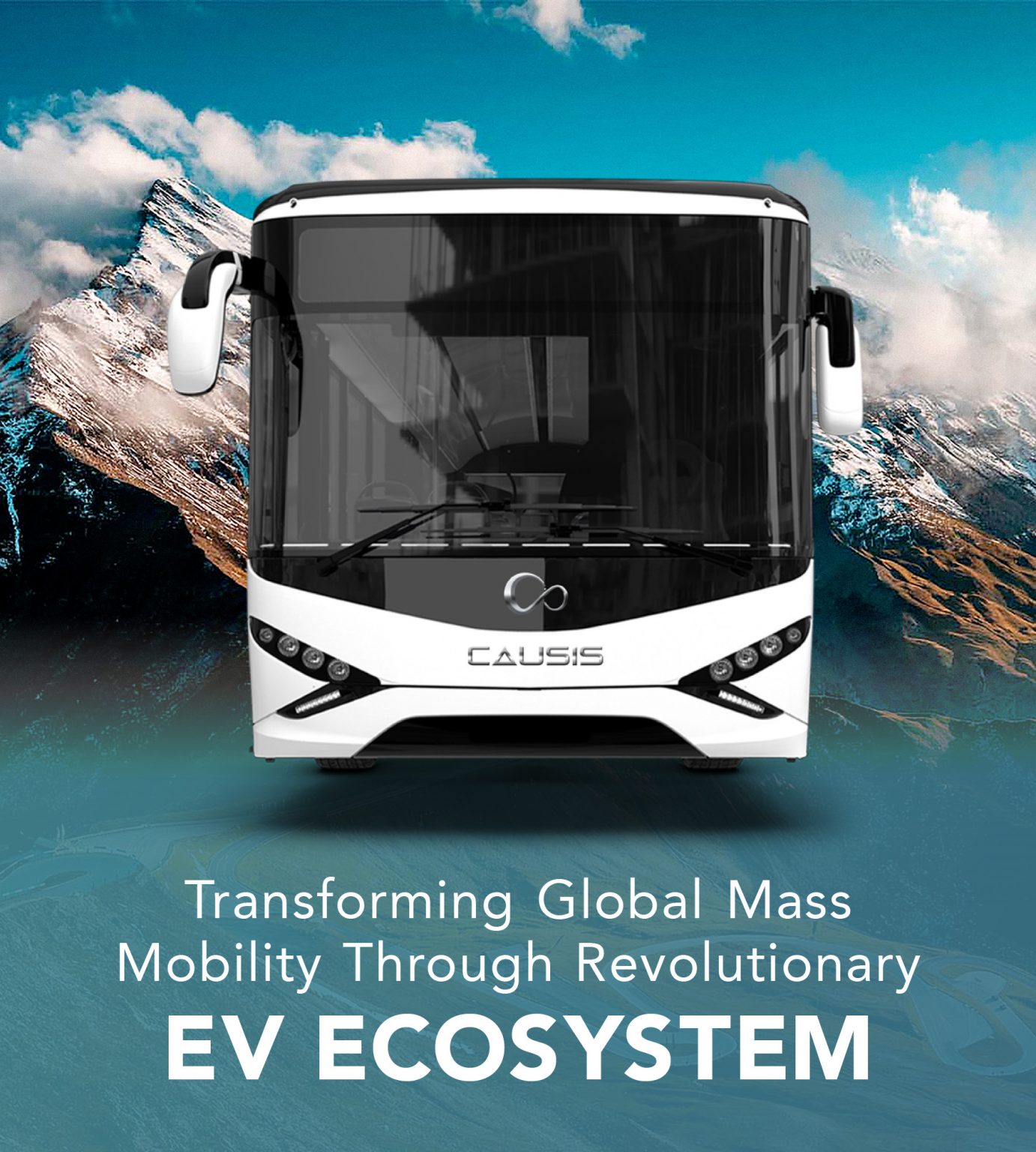Brihanmumbai Electric Supply and Transport Undertaking (BEST) does far more than simply operate as a business. “We are the lifeline of Mumbai city,” General Manager Lokesh Chandra tells The CEO Magazine.

“Mumbai has this reputation as the city that never sleeps. But soon it will be the city that never stops. It may be a rainy day, or a sunny day, or maybe even during a pandemic, but we always operate.”
Even during the COVID-19 pandemic and the seemingly endless lockdowns, BEST was there for its community.
“During the lockdowns nobody was operating and there were restrictions,” he explains. “So transport services were only available for frontline workers or health workers, or those who were supposed to provide essential services. We had a very distinctive role during that period, and our staff and officers did a commendable job.”
Over the past century and a half since its inception, BEST has evolved and developed its offerings and output, while ensuring it’s on the front foot when it comes to technological developments and innovation.
“We have always been ahead of our time as far as the adoption of technology is concerned,” Chandra says. “It’s a 150-year-old company and since the beginning, we have been pioneers in adopting the latest technology in the transport as well as the electricity sectors.
“We were the first to run a compressed natural gas bus in the public transport system; we were the first to introduce air-conditioned bus services in the public transport system; and we were the first to have double-decker electric trams and double-decker buses. We launched our electric tram in 1907, and our double-decker bus in our fleet in 1937.”
Setting another record, its first electric bus was introduced in 2017 and BEST can now proudly say that it has the largest fleet of electric buses in India.
“We never hesitate to innovate or make the decisions that keep us ahead of our competitors,” he says. “We also always look at the comfort of the consumers first, and whatever best we can do for them, we go ahead and do.”
Finding opportunities
While Chandra concedes that issues along the way are inevitable, he believes that being on the front foot, anticipating problems and responding quickly and cleverly, means that BEST is always well placed to adapt and recover.
“Whatever the feedback or the challenges we foresee, we involve our original equipment manufacturers (OEMs) and, upon discussing any issues we are facing, we try to improve whatever the challenges are and turn them into opportunities,” he explains.
In turn, this plays into how BEST approaches reciprocal supplier partnerships.
“When exploring how you can further improve that technology or how it can be made more efficient, it’s always important to have good relations with that company,” he says.
“So in our electricity sector, we always work very closely with our equipment providers, like the transformer providers and the cable providers, and we always give feedback on how we could have a better product.”
In addition, whenever BEST undertakes research and development and makes a significant discovery, it shares that information with its partners and works with them to achieve it. “So it has always been very fruitful to us to have this kind of relationship,” Chandra adds.

Whatever the feedback or the challenges we foresee … we try to improve them and turn them into opportunities.
Indeed, technology has been a particularly important focus in recent years for BEST, especially as significant developments have been made within the electric vehicle sphere. Chandra says it is preparing for a sustainable future, with an emphasis on longevity.
“We have made the bold decision to go only for electric buses. So as of now, we are operating 3,600 buses, and by the end of next year, about 50 percent of the fleet will become electric buses. And by the end of 2026, our fleet will be 10,000 buses and 100 percent will be electric,” he reveals.
As part of this restructuring, BEST will lease the buses from an external party and pay on a per-kilometer basis, which has proven to be a more financially viable option than owning them.
“We have done this for 3,000 buses, in which 2,100 are single-deck electric air-conditioned buses, and the other 900 are double-decker air-conditioned electric buses,” Chandra adds.
“It makes the operation much more financially viable if you are going for electric buses. That was the reason we decided to go with electric buses, along with the climate reasons. These buses are environmentally friendly – there is no air pollution and no noise pollution, and they run on solar power.
“Over a period of 10 years, we will be saving approximately 6,000 million liters of fuel and reducing CO2 emissions by 6.5 million [metric] tons, as well as creating 50,000 jobs in the service sector.”
Inevitably though, with a systematic change as substantial as this comes unavoidable complications that need to be tackled. One such example has been how to improve battery efficiency for electric buses, Chandra explains, “so we can have long-range vehicles that can operate on a single charge”.
“Our experience is that when it comes to bus operation costs especially, the number of kilometers the bus is traveling each day is almost more important than the ridership. The issue of the safety of the batteries is another area that is very important and we are working with all OEMs to ensure battery health is monitored so that anything that needs to be addressed can be taken care of.”
Leveling up
When Chandra took the reins as General Manager a little over year ago, bringing with him a wealth of experience from the Union power ministry and as the former Managing Director of the City and Industrial Development Corporation, he began executing a plan to improve BEST’s services across the board.
First on his list was making the company’s services more efficient, reliable and user-friendly, as well as sustainable – both from an economic and environmental perspective.
“One thing we started with was the route efficiency, where we examined the routes that were not looking reliable or the ones with very high frequency,” he says. “We had a look at all those operations and data and redesigned the routes. We reduced the track timing from 45 minutes to 15 minutes and, as a result, our ridership and daily income have gone up.”

We have always been ahead of our time as far as the adoption of technology is concerned.
Chandra decided to utilize automation, installing a smart card tap-on, tap-out fare collection system – the first of its kind in India – and a “bigger NCMC (National Common Mobility Card) within the whole of India, which people can use in other metro cities like Delhi or Bengaluru, wherever the system is”.
In a bid to improve the overall customer experience, BEST rolled out a mobile app.
“It’s used to give a live location, so anybody getting the bus can see, plan their trip and know exactly what time the bus will arrive at their stop,” he confirms. “They can also look at the crowdedness of the bus to confidently decide what time they will need to leave their home or office.”
For first- and last-mile connectivity, BEST has launched 1,000 e-scooters into service at 180 locations near to bus stops.
“We have received a phenomenal response from commuters and by mid 2023 we will make a further 5,000 e-scooters available,” he says.
Looking to the next chapter, Chandra has no shortage of ideas for how to continue evolving BEST. Launching a ‘premium service’ in the next few months, the company aims to encourage clientele who would be traveling via self-driven cars or other modes of luxury transport into switching to bus transport.
“For that, we want to provide a very comfortable journey, and so ticketing will be a bit higher,” he says. “We are also in the process of starting e-cabs. Mobility as a solution will soon be a reality in Mumbai.”
With developments like this on the horizon, it’s clear that BEST will only go from strength to strength – enabling movement and flexibility for the community of Mumbai and the entirety of India.
Sponsored by: Causis E-Mobility
A revolutionary net zero emission electric vehicle solutions company, addressing rising and alarming environmental concerns.
Read More



